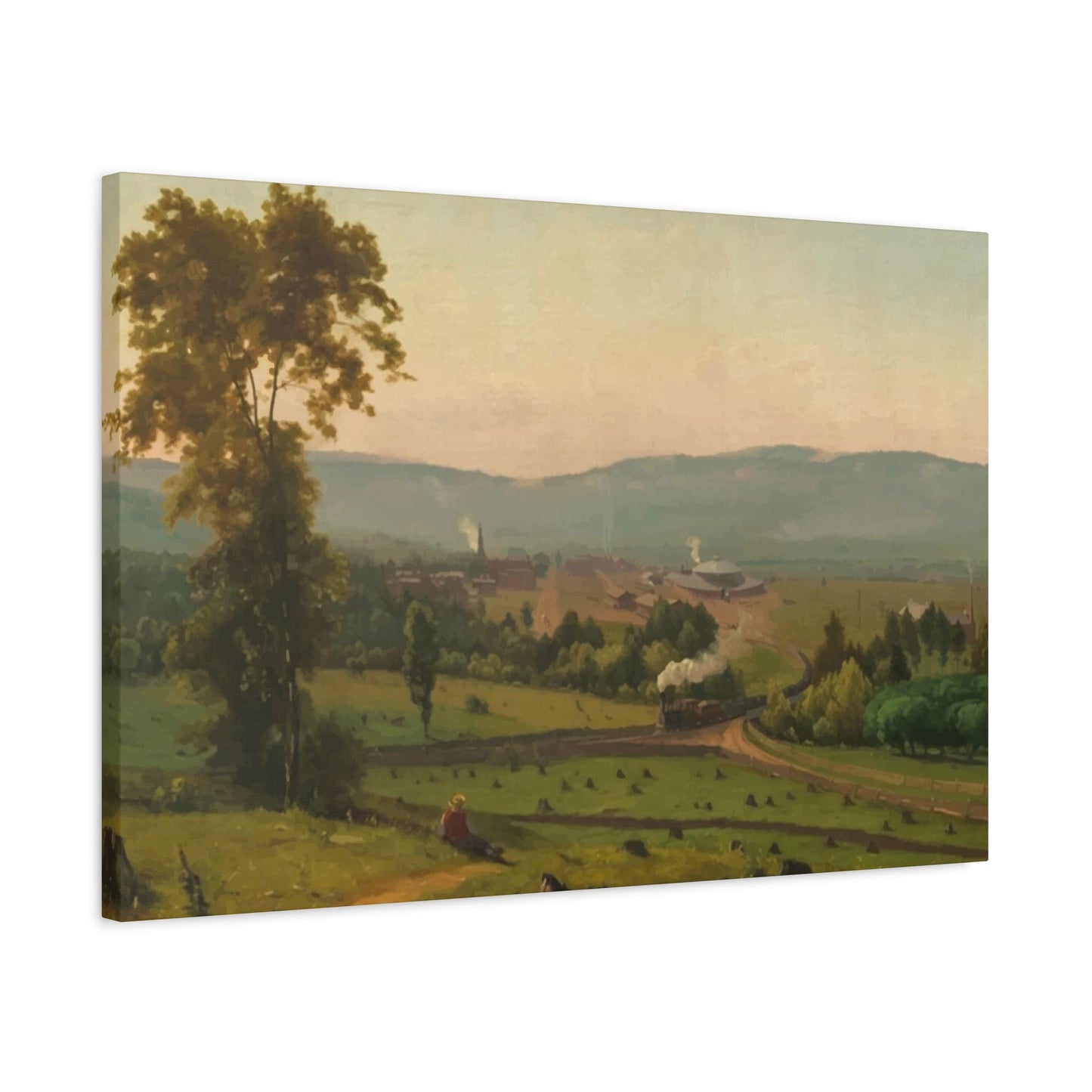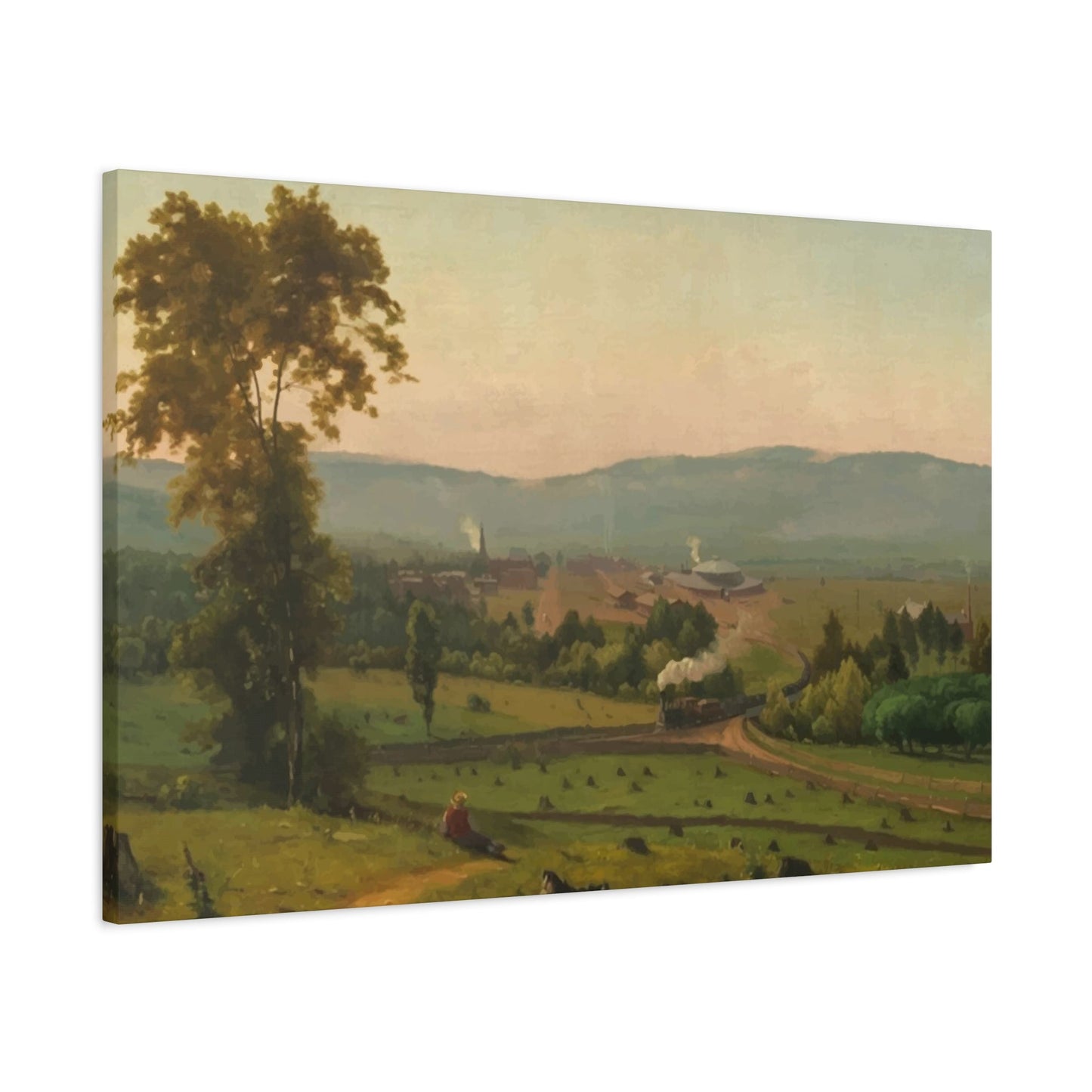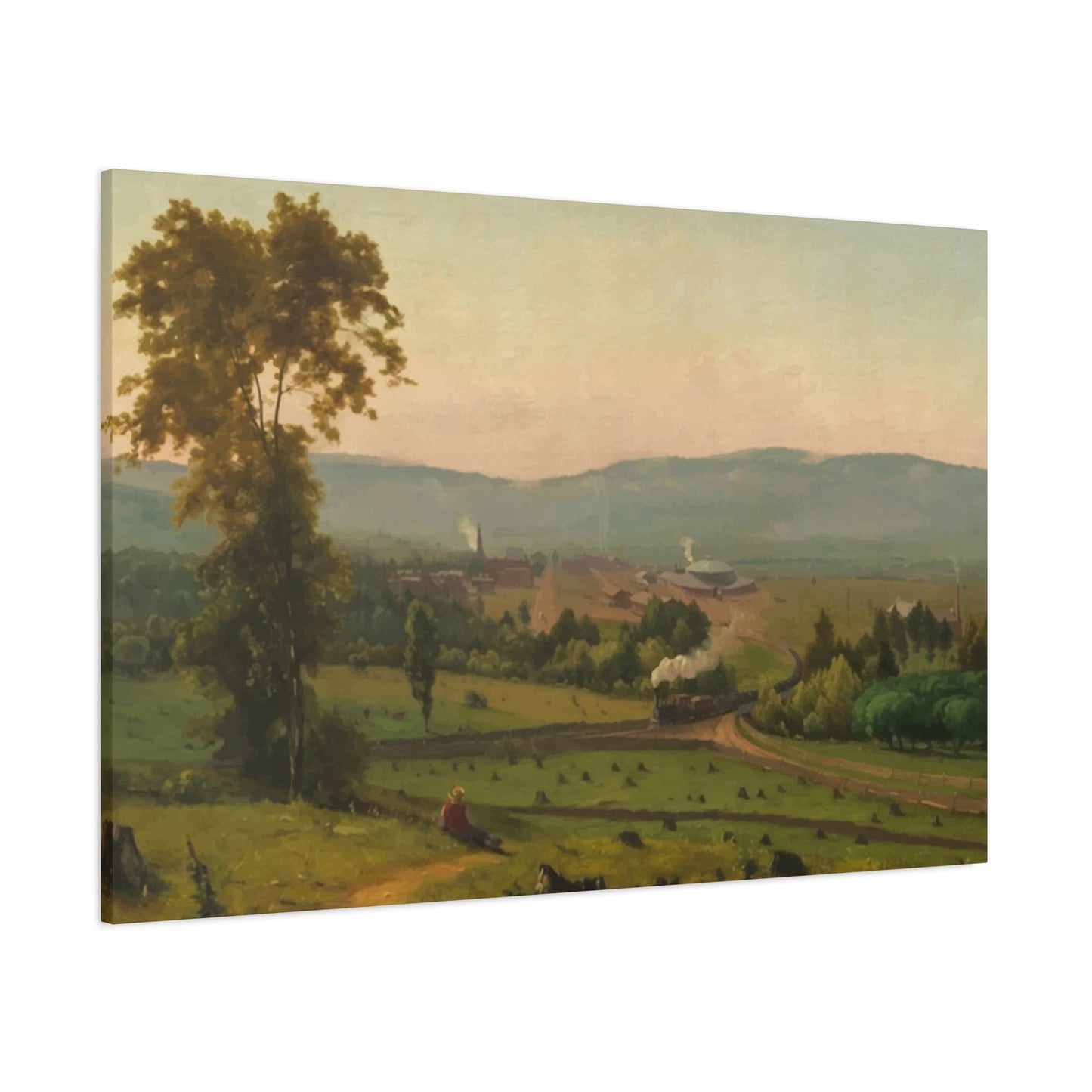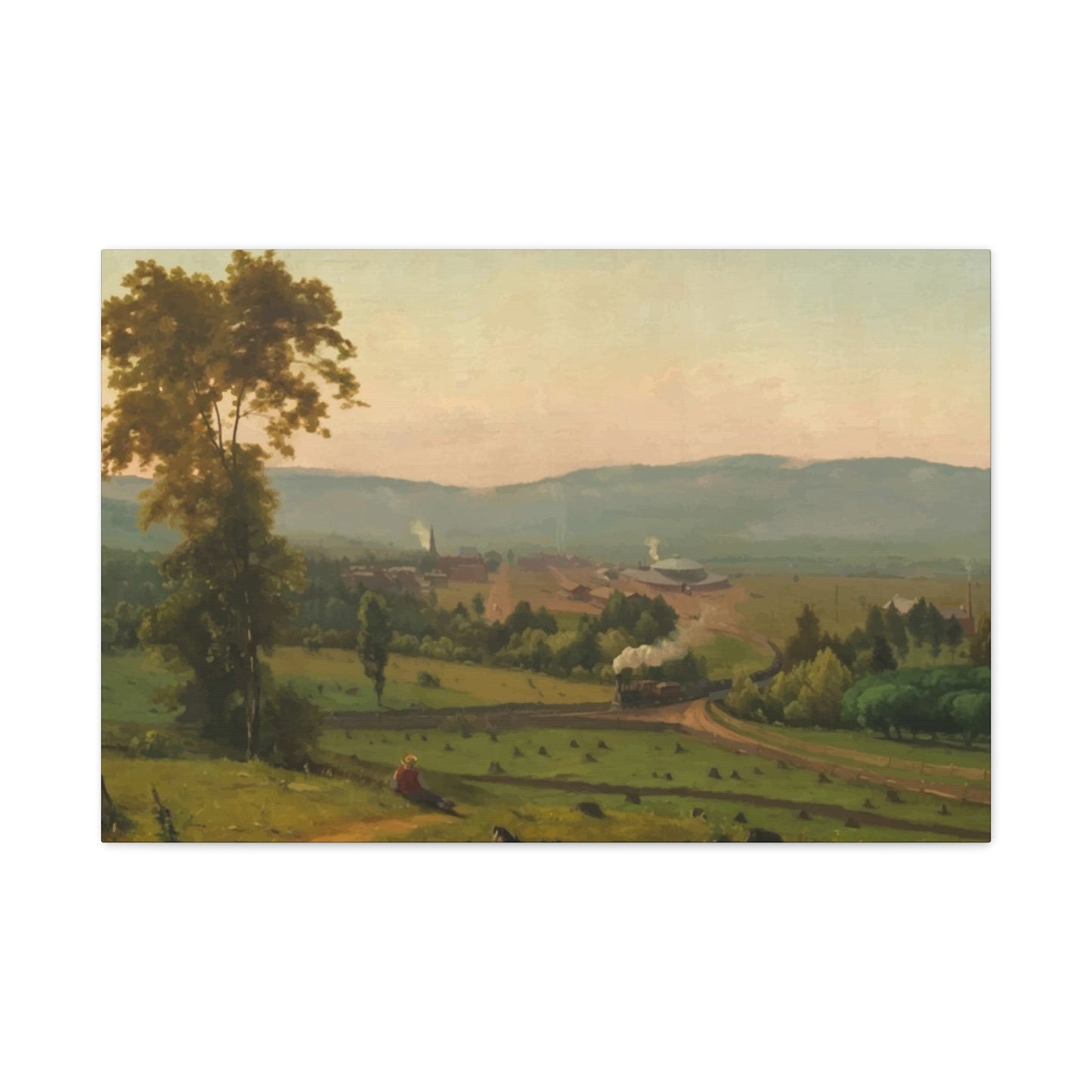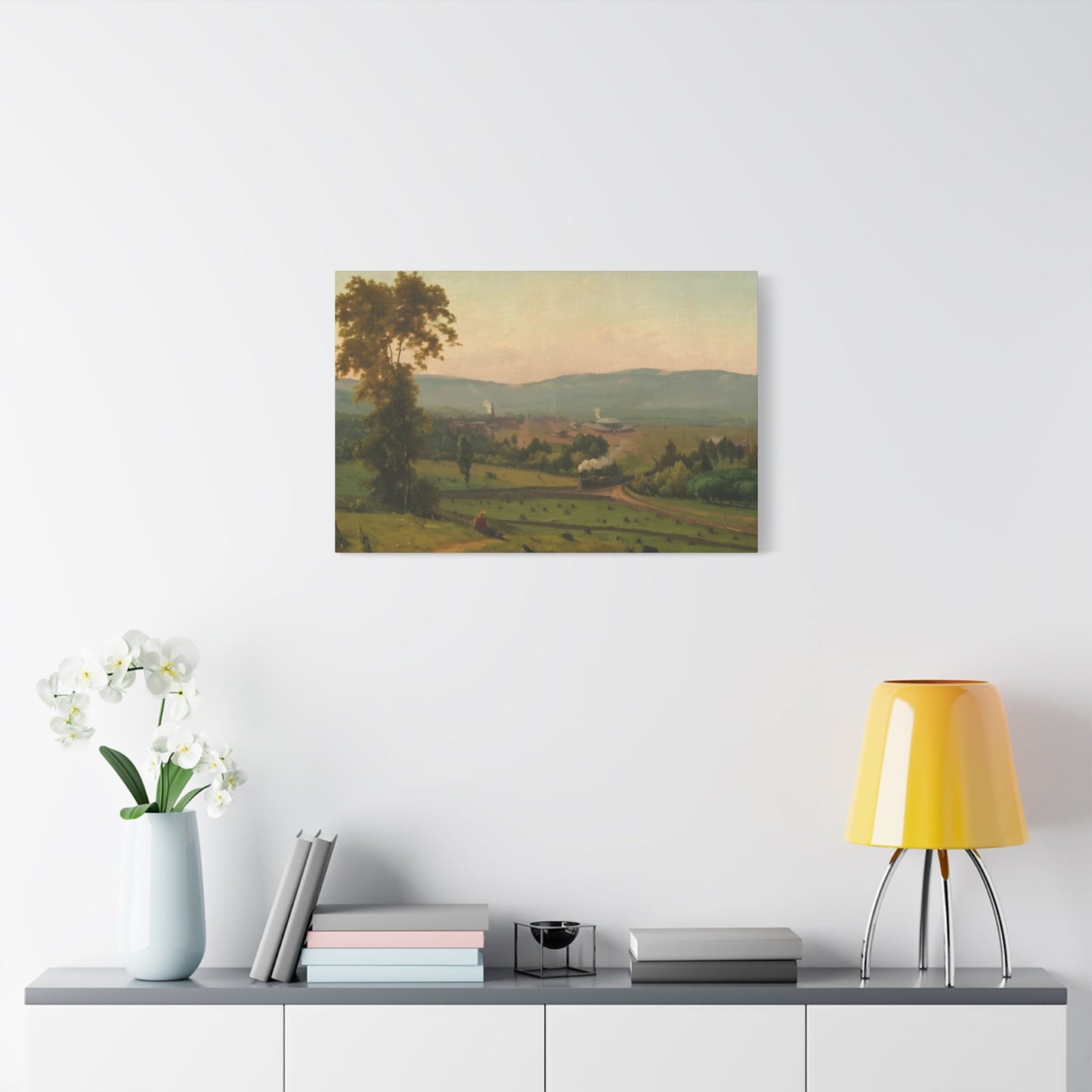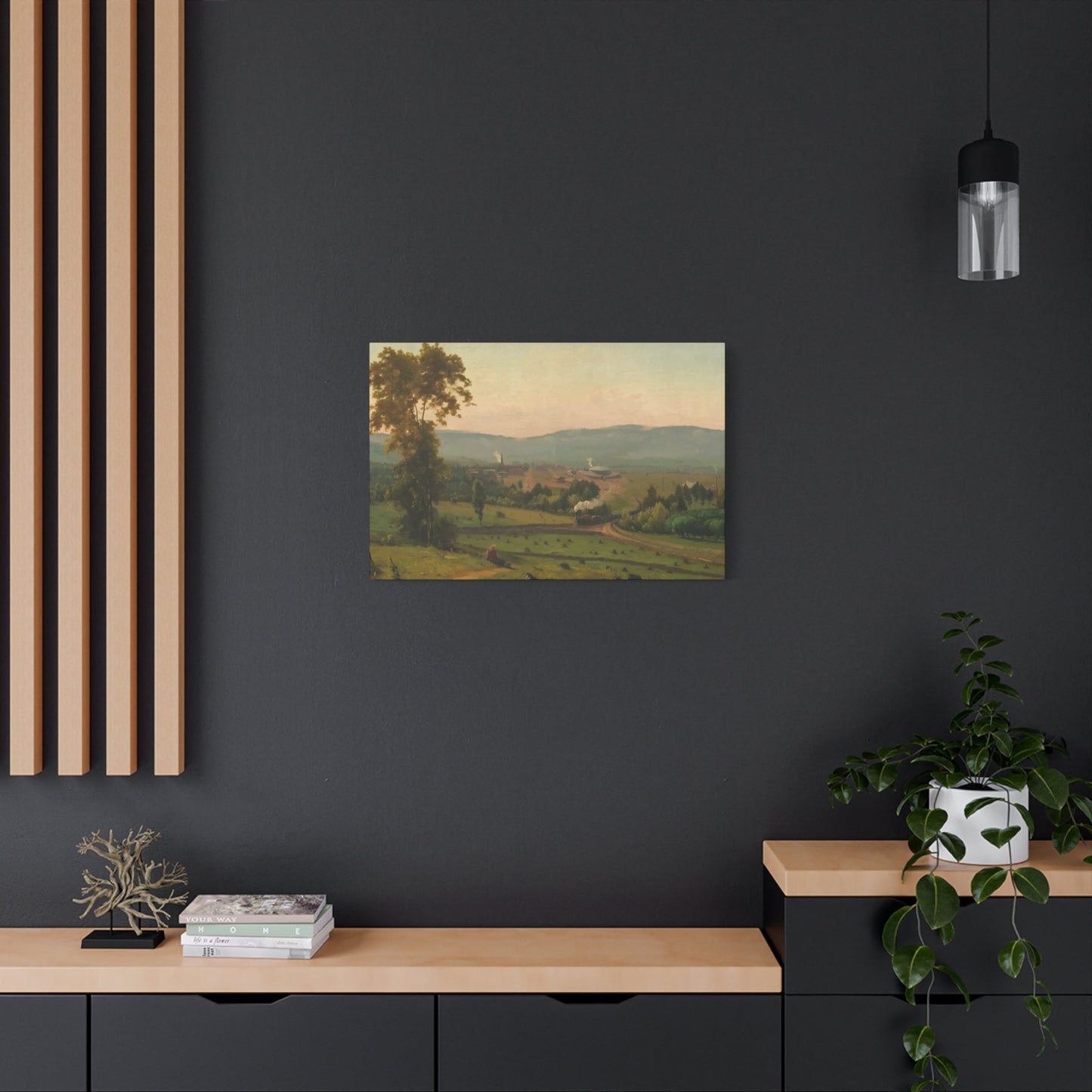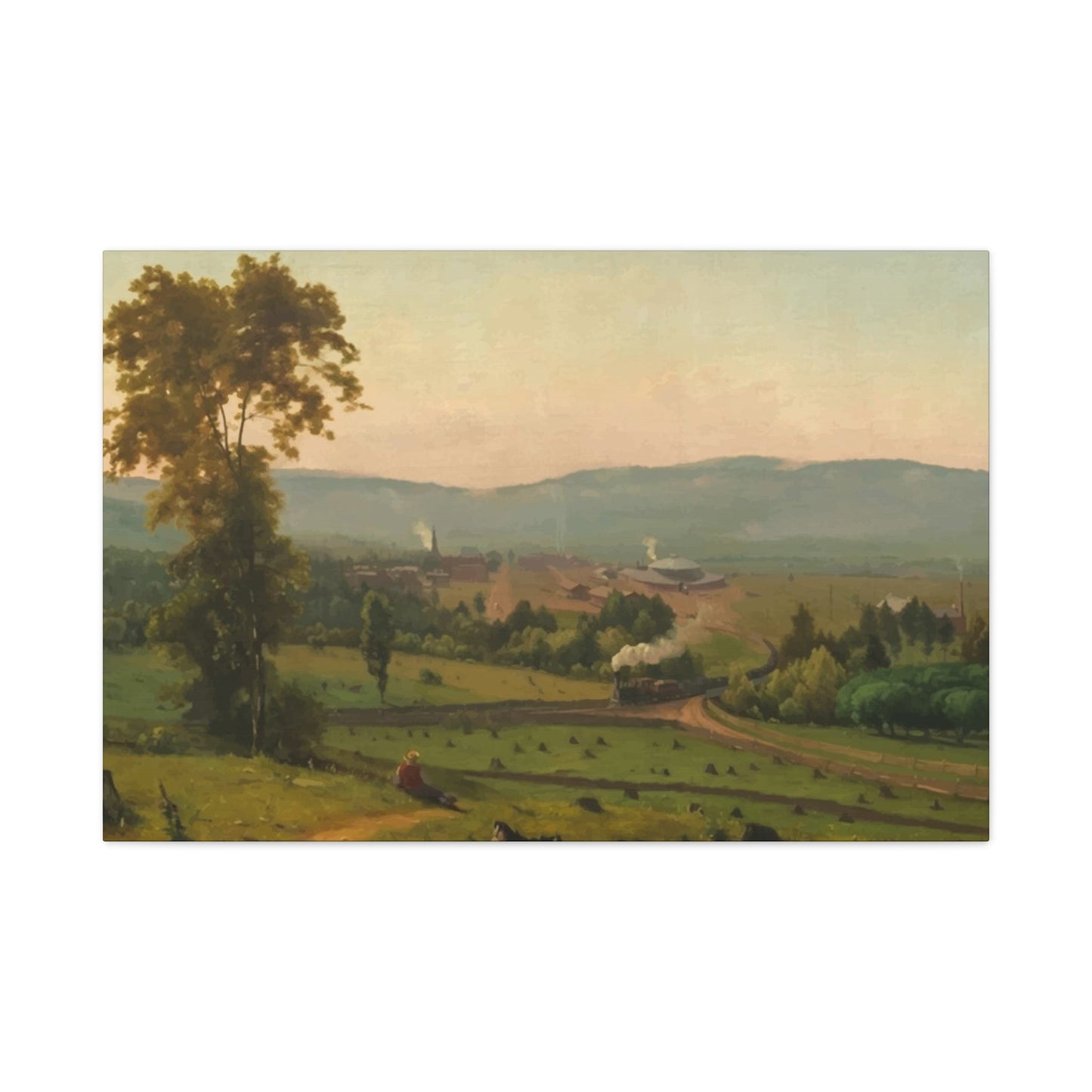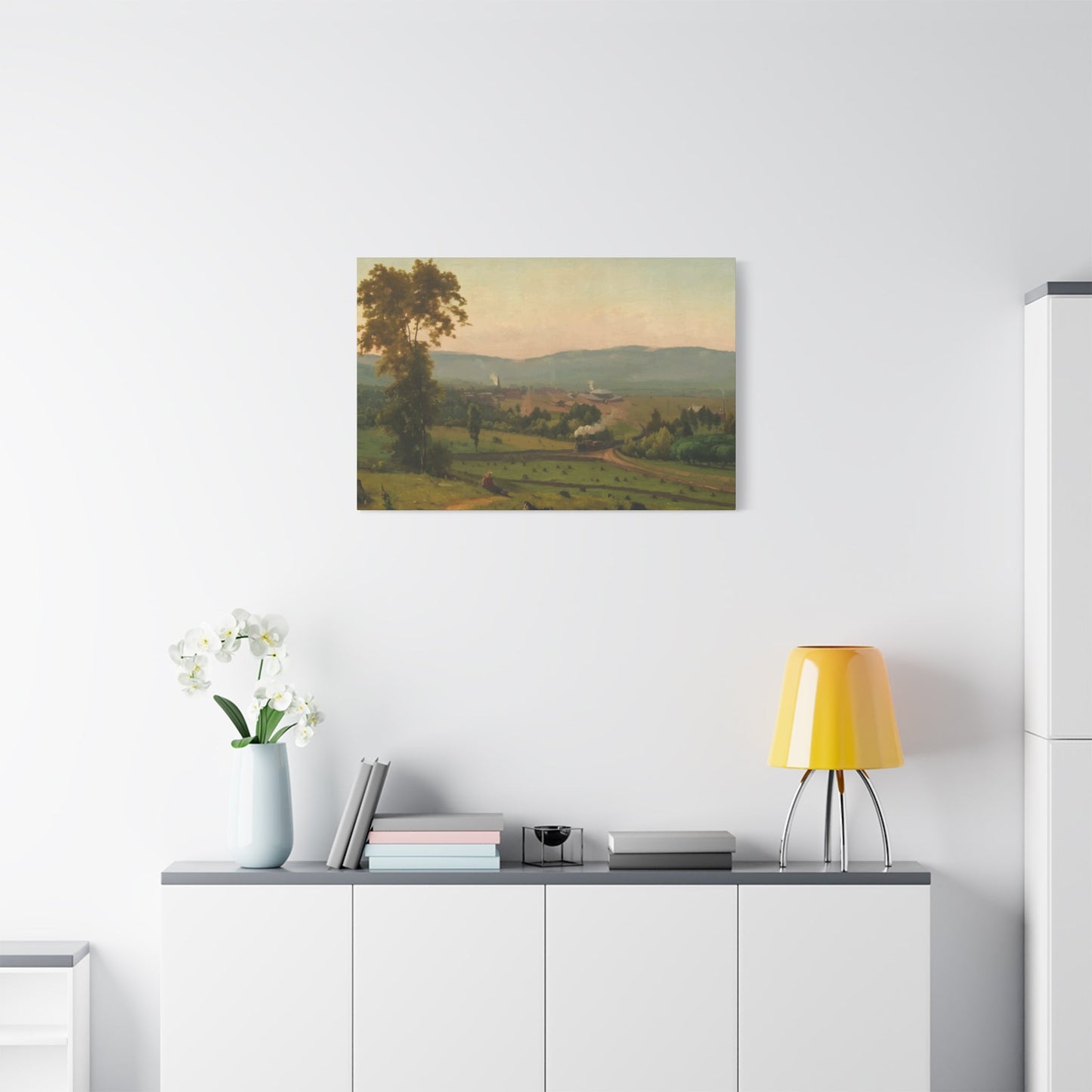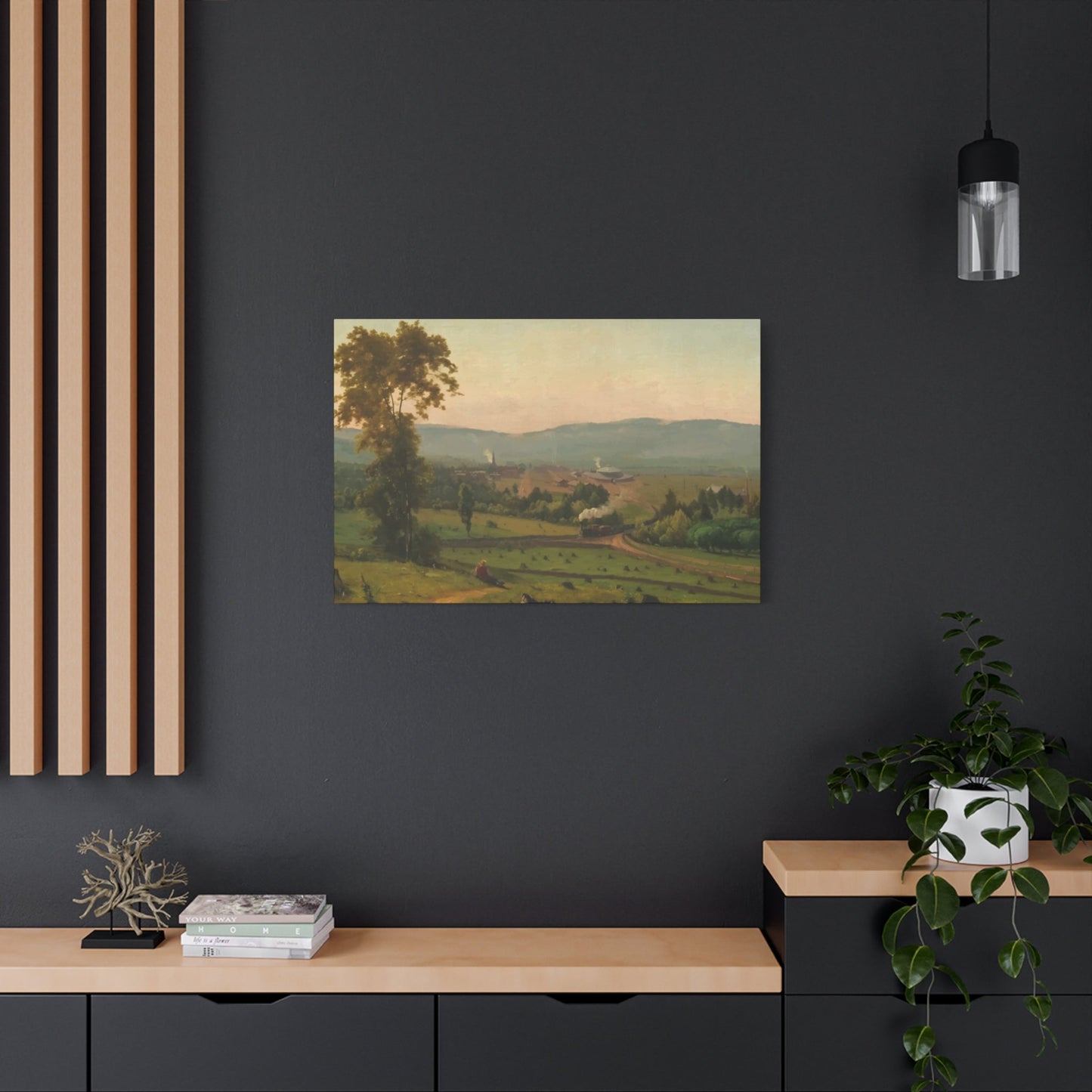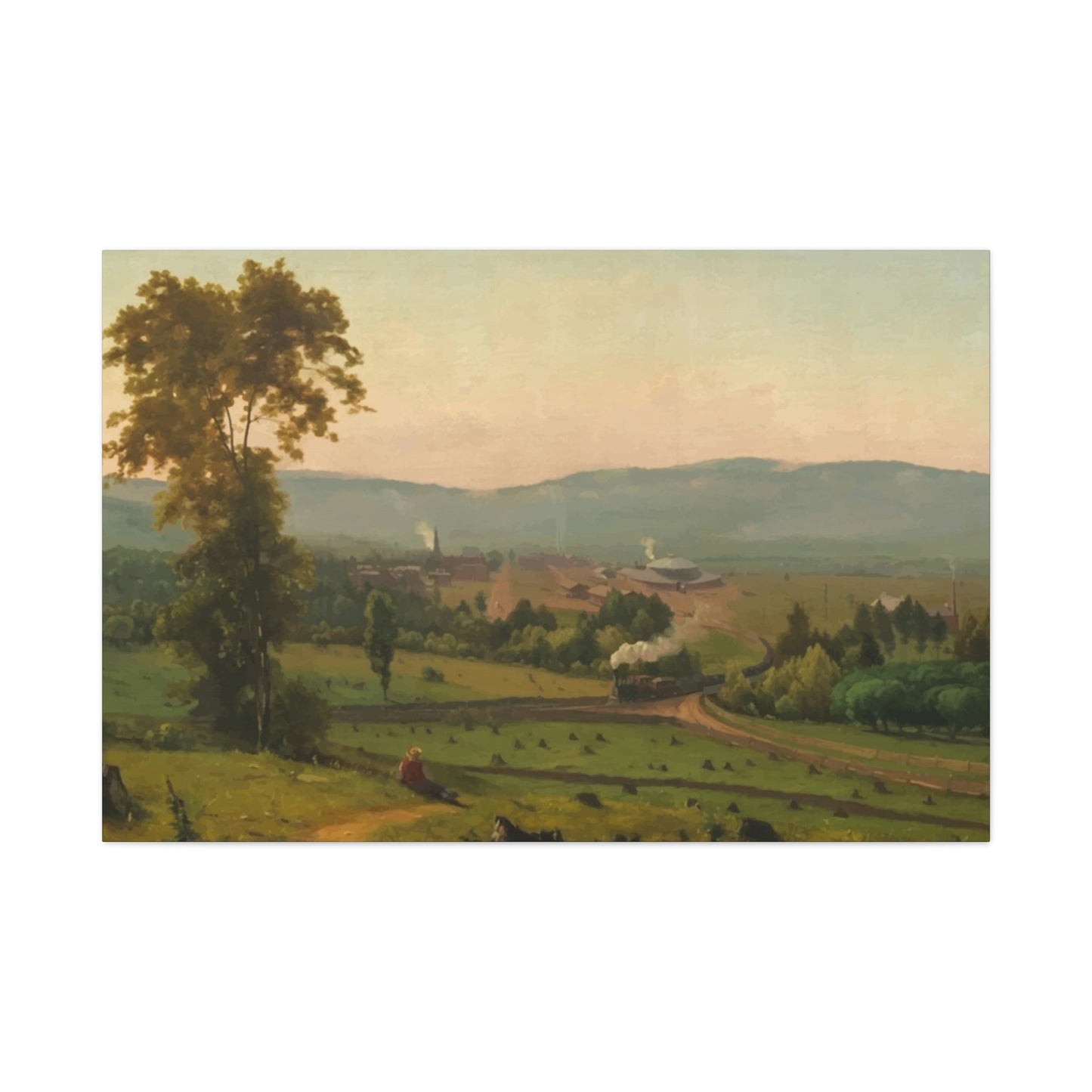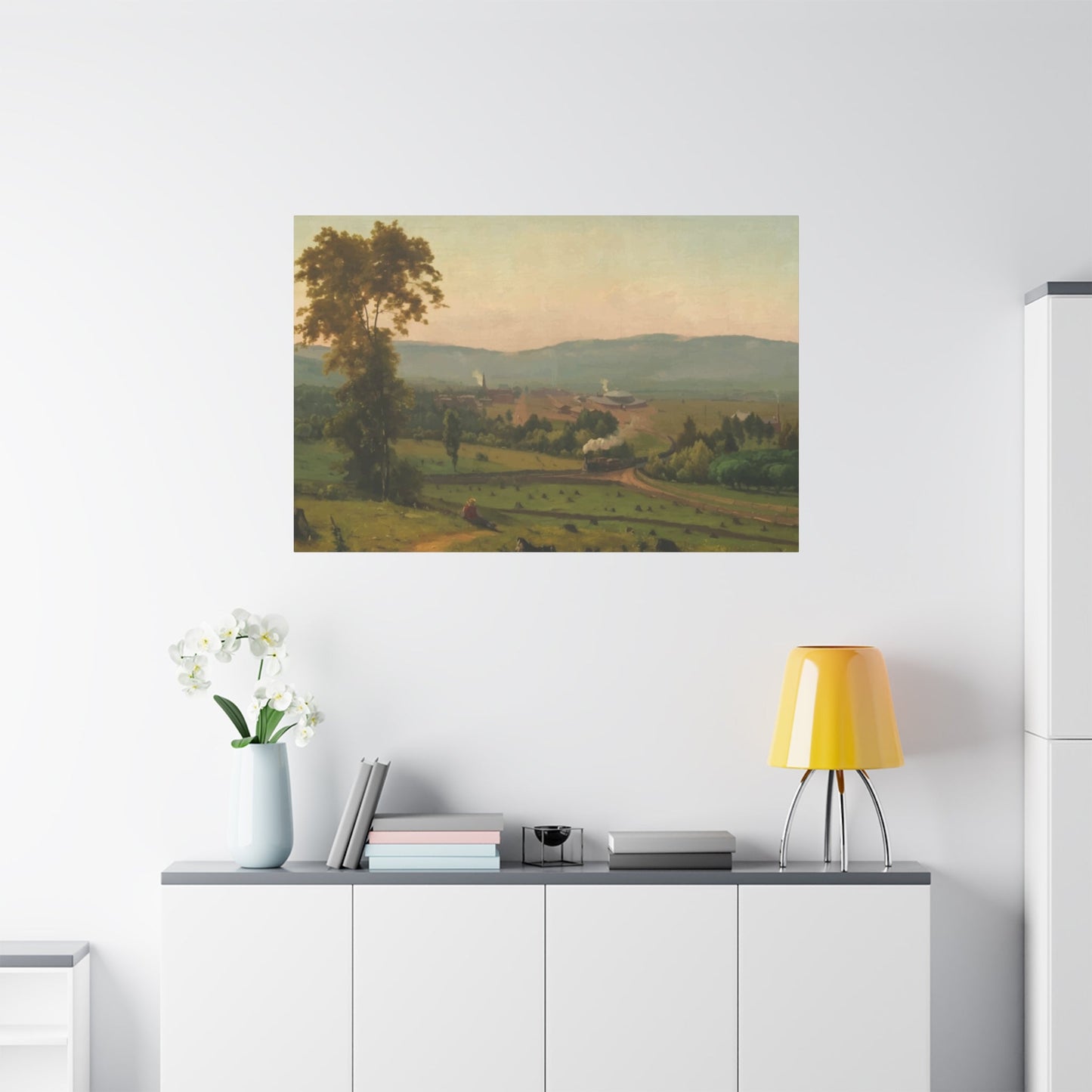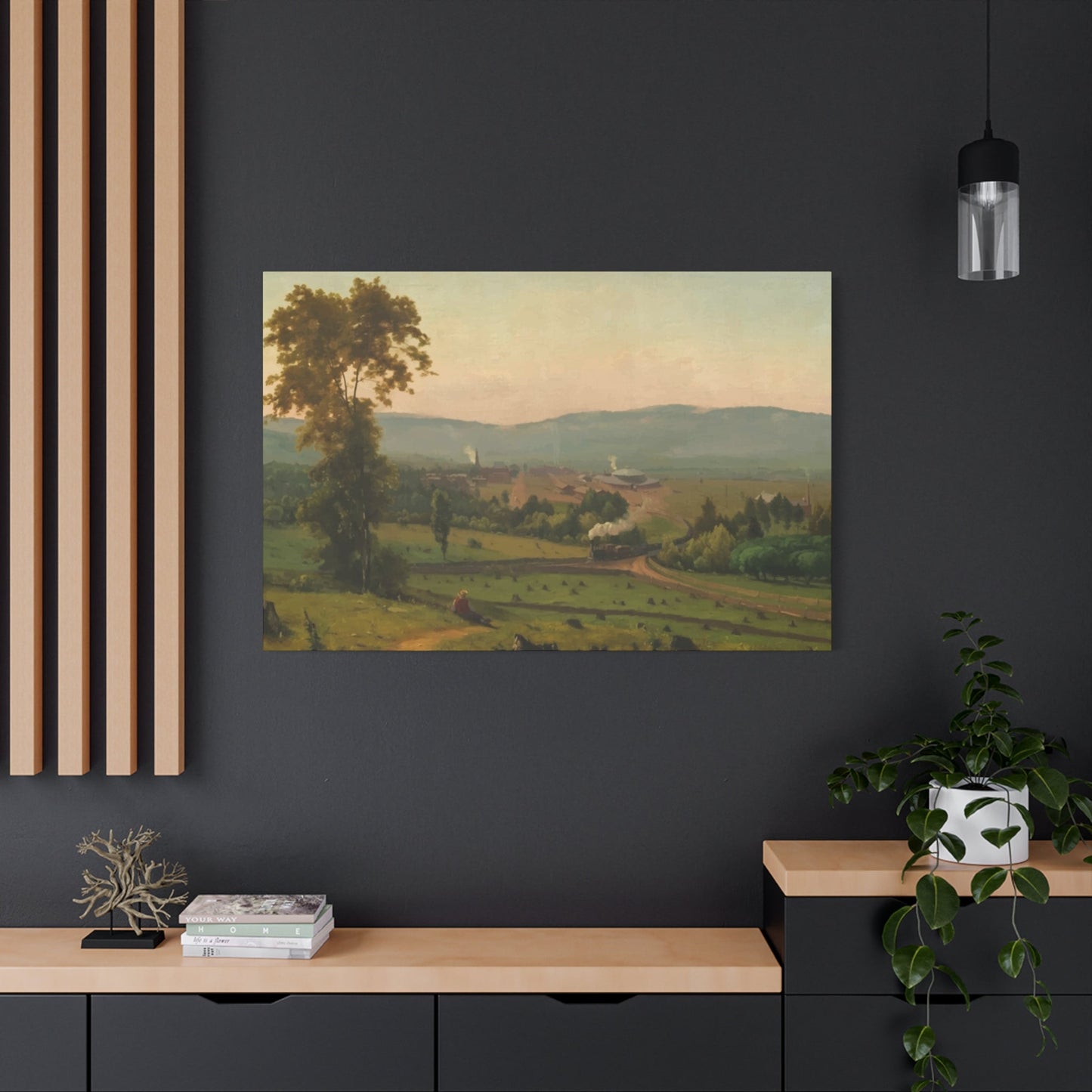Georges Wall Art: Mastering French Artistic Excellence in Contemporary Home Design
The world of French artistic mastery offers an extraordinary collection of visual treasures that continue to captivate art enthusiasts and home decorators alike. When exploring the realm of Georges wall art, one discovers a rich tapestry of creative expression that spans multiple artistic movements and decades of innovative craftsmanship. This comprehensive exploration delves into the magnificent world of French Georges artists, their distinctive techniques, and how their timeless creations can enhance modern living environments with sophistication and cultural depth.
The Distinctive Appeal of Georges' Artistic Mastery
Georges wall art represents more than mere decoration; it embodies centuries of French artistic tradition and innovation. The name Georges has been associated with some of the most influential artists in European history, each bringing their unique perspective to the canvas. These masters developed revolutionary techniques that challenged conventional artistic norms and established new standards for creative expression.
The brushwork techniques employed by Georges artists demonstrate an exceptional understanding of color theory, composition, and emotional resonance. Their ability to capture light, movement, and atmosphere through careful application of paint creates visual experiences that transcend ordinary wall decorations. Each stroke serves a purpose, whether creating texture, suggesting movement, or establishing mood within the artwork.
French artistic traditions emphasize the importance of technical precision combined with creative vision. Georges artists exemplified this philosophy through their meticulous attention to detail and their willingness to experiment with new approaches to visual representation. Their works often feature complex layering techniques that create depth and dimensionality impossible to achieve through simpler methods.
The emotional impact of Georges wall art stems from the artists' ability to connect with universal human experiences while maintaining distinctly French aesthetic sensibilities. Their compositions often explore themes of everyday life, natural beauty, and social commentary through sophisticated visual language that speaks to viewers across cultural and temporal boundaries.
Contemporary appreciation for Georges wall art reflects our continued fascination with artistic excellence and cultural heritage. These works provide connection points to historical periods while offering timeless aesthetic appeal that complements modern living environments. The enduring popularity of these pieces demonstrates their ability to transcend temporary trends and maintain relevance across generations.
Distinctive Characteristics That Define Georges Artistic Excellence
The artistic output associated with Georges wall art encompasses several distinctive characteristics that set these works apart from other decorative options. Understanding these unique qualities helps collectors and decorators appreciate the exceptional value these pieces bring to residential and commercial environments.
Color manipulation represents one of the most striking aspects of Georges artistic work. These artists developed sophisticated approaches to color mixing and application that create visual effects impossible to replicate through mechanical reproduction. Their understanding of how colors interact, complement, and contrast with each other results in compositions that maintain visual interest and emotional impact over extended viewing periods.
Compositional innovation distinguishes Georges wall art from conventional decorative pieces. These artists challenged traditional approaches to visual organization, developing new methods for arranging elements within the frame that create dynamic tension and visual flow. Their compositions guide the viewer's eye through carefully planned pathways that reveal new details and relationships with each viewing.
Textural diversity within Georges wall art creates tactile appeal that enhances the visual experience. Through varied brushwork techniques, layering methods, and surface treatments, these artists achieved three-dimensional effects that add depth and richness to two-dimensional surfaces. This textural complexity creates visual interest that changes with lighting conditions and viewing angles.
The intellectual depth embedded within Georges artistic compositions elevates these works beyond simple decoration. Many pieces incorporate symbolic elements, cultural references, and philosophical concepts that reward careful examination and contemplation. This intellectual component ensures that Georges wall art continues to reveal new meanings and interpretations over time.
Technical mastery demonstrated through Georges wall art reflects years of training, experimentation, and refinement. These artists possessed comprehensive understanding of materials, techniques, and artistic principles that enabled them to execute their creative visions with precision and confidence. This technical foundation provides the stability necessary for artistic innovation and creative risk-taking.
Essential Prints from Renowned Georges Collections
Selecting the most significant pieces from Georges collections requires consideration of artistic merit, historical importance, and contemporary appeal. These standout works represent the pinnacle of achievement within their respective artistic movements and continue to influence contemporary artists and collectors.
The pointillistic masterpieces associated with Georges Seurat demonstrate revolutionary approaches to color theory and optical mixing. These works feature thousands of carefully placed color dots that combine in the viewer's eye to create cohesive images with unprecedented luminosity and vibrancy. The scientific precision required for successful pointillistic work demands exceptional patience and technical skill.
Cubist innovations attributed to Georges Braque represent fundamental shifts in artistic perception and representation. These groundbreaking works deconstruct traditional approaches to form and perspective, presenting multiple viewpoints simultaneously within single compositions. The intellectual challenge presented by cubist works continues to engage viewers and stimulate discussion about the nature of visual representation.
Art Nouveau elegance exemplified through Georges de Feure's decorative works showcases the movement's emphasis on natural forms, flowing lines, and integrated design concepts. These pieces demonstrate how artistic principles can be applied to functional objects, creating harmony between aesthetic beauty and practical utility.
Landscape interpretations within Georges collections reveal the artists' deep connection to French countryside and urban environments. These works capture the essence of specific locations while transcending mere documentation to create emotional responses that connect viewers to the depicted environments. The treatment of light, atmosphere, and seasonal changes demonstrates masterful observation and technical execution.
Portrait studies from Georges collections showcase the artists' ability to capture human personality and emotion through careful attention to facial expression, posture, and environmental context. These intimate works reveal the subjects' inner lives while demonstrating the artists' psychological insight and technical precision in rendering human features.
Incorporating Georges-Influenced Pieces into Contemporary Settings
Successfully integrating Georges wall art into modern environments requires understanding both the artistic qualities of the pieces and the characteristics of contemporary living arrangements. This integration process involves balancing respect for the artwork's historical and aesthetic integrity with practical considerations related to placement, lighting, and surrounding decor.
Scale relationships play crucial roles in successful Georges wall art integration. Large-scale pieces can serve as focal points that define room character and establish aesthetic direction for surrounding elements. Smaller works require careful consideration of viewing distance and surrounding visual competition to ensure they receive appropriate attention without being overwhelmed by larger design elements.
Color coordination between Georges wall art and existing decor requires sophisticated understanding of color theory and visual harmony. The rich, complex color palettes characteristic of Georges artistic work can either complement or contrast with contemporary color schemes, depending on the desired aesthetic effect. Successful integration often involves identifying key colors within the artwork and echoing them through carefully selected accessories and furnishings.
Lighting considerations for Georges wall art extend beyond simple illumination to encompass protection from harmful UV radiation and enhancement of the artwork's visual impact. Proper lighting reveals the subtle color variations and textural details that make these pieces exceptional while preventing damage that could compromise their long-term preservation.
Framing choices for Georges wall art require balancing period authenticity with contemporary aesthetic preferences. Traditional framing approaches respect the historical context of the pieces while modern framing options can create interesting tensions between old and new that enhance both the artwork and the surrounding environment.
Environmental control measures protect Georges wall art from damage caused by temperature fluctuations, humidity variations, and atmospheric pollutants. These protective measures ensure that the investment in quality artwork provides lasting value while maintaining the pieces' aesthetic and historical integrity for future generations.
Contemporary Environments Enhanced by Classical Georges Art
The integration of classical Georges art into modern living environments creates dynamic relationships between historical artistic achievement and contemporary lifestyle preferences. This combination produces unique aesthetic experiences that honor artistic tradition while meeting current functional requirements.
Residential applications of Georges wall art transform ordinary living areas into culturally rich environments that reflect the occupants' appreciation for artistic excellence. These pieces serve as conversation starters, educational opportunities, and sources of daily inspiration that enhance the quality of domestic life.
Office environments benefit from the intellectual stimulation and aesthetic refinement provided by Georges wall art. These pieces create professional atmospheres that suggest cultural sophistication while providing visual relief from the technological dominance of contemporary workplaces. The presence of quality artwork can improve employee morale and client impressions.
Hospitality venues utilize Georges wall art to create distinctive atmospheric qualities that differentiate their establishments from competitors. Hotels, restaurants, and other public areas benefit from the cultural cachet associated with quality artistic displays while providing guests with memorable visual experiences.
Educational institutions incorporate Georges wall art to create inspiring learning environments that expose students to artistic excellence and cultural heritage. These displays serve as teaching tools that complement formal art education while creating aesthetically pleasing environments that support learning and creativity.
Healthcare facilities use Georges wall art to create calming, uplifting environments that support healing and recovery processes. The positive emotional impact of quality artwork contributes to patient well-being while creating more pleasant working conditions for healthcare professionals.
Color Mastery and Emotional Resonance in Georges' Creative Work
The sophisticated approach to color demonstrated throughout Georges artistic collections reveals deep understanding of how color affects human perception and emotional response. This mastery extends beyond technical competence to encompass psychological insight and cultural awareness that makes these works particularly compelling.
Color temperature manipulation within Georges wall art creates specific atmospheric effects that establish mood and emotional tone. Warm color palettes suggest intimacy, comfort, and energy, while cool color schemes evoke tranquility, sophistication, and contemplation. The artists' ability to control these effects demonstrates their understanding of color psychology and its application to visual communication.
Chromatic harmony achieved through Georges artistic techniques creates visual satisfaction that appeals to viewers on both conscious and subconscious levels. These carefully balanced color relationships produce compositions that feel complete and resolved, avoiding the visual tension that can result from poor color choices.
Symbolic color usage within Georges collections adds layers of meaning that reward careful observation and interpretation. Cultural color associations, personal color preferences, and historical color significance combine to create rich symbolic vocabularies that enhance the intellectual appeal of these works.
Color interaction effects demonstrated in Georges wall art showcase the artists' understanding of how adjacent colors influence each other's appearance. These optical phenomena create visual effects that enhance the overall impact of the compositions while demonstrating the scientific principles underlying artistic practice.
Seasonal color variations within Georges landscape works capture the subtle changes in natural color palettes that occur throughout the year. This attention to seasonal color characteristics creates temporal specificity that connects viewers to particular moments in time while demonstrating the artists' careful observation of natural phenomena.
Professional Presentation Techniques for Georges Print Collections
Proper presentation of Georges wall art requires attention to multiple factors that affect both the artwork's preservation and its visual impact. Professional presentation techniques ensure that these valuable pieces receive the respect and protection they deserve while maximizing their aesthetic contribution to their display environment.
Mounting procedures for Georges prints must balance stability with reversibility to ensure long-term preservation while allowing for future conservation treatments if necessary. Acid-free materials prevent chemical damage while proper mounting techniques avoid physical stress that could cause tearing or deformation.
Conservation framing approaches for Georges wall art utilize materials and techniques specifically designed to protect artwork from environmental damage while providing secure, stable support. Museum-quality materials and techniques ensure that valuable pieces remain in optimal condition for decades or centuries.
Matting considerations for Georges prints involve selecting colors, textures, and proportions that enhance the artwork without competing for visual attention. Quality matting materials provide protective barriers between the artwork and glazing while creating attractive presentation borders that frame the composition effectively.
Glazing options for Georges wall art include various types of glass and acrylic materials that provide protection while minimizing visual interference. Anti-reflective coatings reduce glare while UV filtering properties protect artwork from harmful radiation that could cause fading or other damage.
Installation hardware for Georges wall art must provide secure support while allowing for easy removal or repositioning when necessary. Professional-grade hanging systems distribute weight evenly and provide adjustability that accommodates different wall types and installation requirements.
Creating Compelling Gallery Wall Compositions with Georges Art
Gallery wall arrangements featuring Georges wall art require careful planning and design consideration to create cohesive, visually appealing displays that showcase each piece effectively while creating overall compositional harmony. These complex arrangements demand understanding of visual balance, proportion, and flow.
Scale progression within gallery wall arrangements creates visual rhythm that guides viewers through the display while maintaining interest and avoiding monotony. Mixing different sizes of Georges prints provides opportunities for creating focal points and supporting elements that work together to create dynamic compositions.
Thematic coherence in Georges gallery walls can be achieved through various organizational approaches, including stylistic similarity, color harmony, subject matter relationships, or chronological progression. These organizing principles help viewers understand the connections between pieces while creating unified aesthetic experiences.
Spacing considerations for gallery wall layouts affect both the individual impact of each piece and the overall effectiveness of the arrangement. Proper spacing allows each artwork to maintain its identity while contributing to the larger compositional structure of the display.
Background relationships between Georges wall art and wall colors or textures influence the overall effectiveness of gallery arrangements. Neutral backgrounds typically allow the artwork to dominate visually, while colored or textured backgrounds can create interesting relationships that enhance both the wall surface and the displayed pieces.
Lighting design for gallery walls featuring Georges art requires careful consideration of illumination angles, intensity levels, and color temperature to ensure even, adequate lighting without creating glare or harmful UV exposure. Professional lighting systems can dramatically enhance the visual impact of gallery wall arrangements.
Artistic Movements Represented in Georges Collections
The diversity of artistic movements represented within Georges collections provides comprehensive overview of significant developments in European art history. Understanding these movements enhances appreciation for the individual pieces while providing context for their historical and cultural significance.
Post-Impressionist developments represented in Georges collections demonstrate the evolution from Impressionist techniques toward more structured, symbolic approaches to visual representation. These works maintain the Impressionist interest in color and light while incorporating greater emphasis on composition, form, and emotional expression.
Fauvism influences within Georges artistic output showcase the movement's emphasis on bold color usage and expressive brushwork. These pieces demonstrate how traditional artistic subjects can be transformed through innovative color applications that prioritize emotional impact over naturalistic representation.
Neo-Impressionist techniques represented in Georges collections reveal the scientific approach to color theory and optical mixing that characterized this sophisticated artistic movement. The systematic application of color theory principles creates unique visual effects that distinguish these works from other artistic approaches.
Art Nouveau characteristics found within Georges decorative arts demonstrate the movement's integration of artistic principles with functional design. These pieces showcase how artistic excellence can enhance everyday objects while maintaining aesthetic integrity and cultural significance.
Modernist tendencies within later Georges works reflect the influence of early 20th-century artistic innovations while maintaining connections to traditional French artistic values. This evolution demonstrates how established artists adapted to changing cultural and aesthetic circumstances while preserving their distinctive artistic voices.
Optimal Georges Art Selections for Compact Living Areas
Selecting appropriate Georges wall art for smaller living areas requires careful consideration of scale, color impact, and visual weight to ensure that the chosen pieces enhance rather than overwhelm limited floor areas. These selections must balance artistic quality with practical spatial constraints.
Vertical compositions work particularly well in compact environments because they draw the eye upward, creating the impression of greater height while efficiently utilizing limited wall area. Georges prints featuring vertical orientations can make small rooms feel more spacious while providing significant visual impact.
Light color palettes within Georges artwork help maintain the sense of openness essential in smaller living areas. Pieces featuring predominantly light colors reflect more light around the room while creating less visual weight that could make compact environments feel cramped or cluttered.
Detailed compositions reward close viewing, making them particularly suitable for intimate environments where viewers can examine intricate elements that might be lost in larger rooms. Georges works featuring fine detail provide ongoing visual interest that compensates for limited artwork quantity.
Single statement pieces often work more effectively than multiple smaller works in very limited areas. One carefully chosen Georges print can provide significant visual impact while maintaining the simplicity necessary for successful small-room design.
Strategic placement of Georges wall art in compact areas requires consideration of traffic patterns, furniture arrangements, and lighting conditions to ensure optimal viewing while maintaining functional room usage. Proper placement can create focal points that enhance the overall design effectiveness of small living areas.
Timeless Appeal and Enduring Artistic Value
The enduring appeal of Georges wall art stems from fundamental artistic qualities that transcend temporary trends and cultural shifts. Understanding these timeless elements helps explain why these works continue to attract collectors and decorators decades or centuries after their creation.
Universal themes explored within Georges artistic compositions connect with human experiences that remain constant across cultural and temporal boundaries. Love, nature, beauty, and human relationships provide subject matter that resonates with viewers regardless of their specific cultural background or historical period.
Technical excellence demonstrated throughout Georges collections provides the foundation for lasting artistic value. Superior craftsmanship ensures that these works maintain their visual impact and structural integrity over extended periods while continuing to reward careful examination and study.
Aesthetic sophistication within Georges wall art appeals to educated tastes that appreciate complexity, subtlety, and cultural refinement. These works provide visual experiences that develop and deepen with repeated viewing, offering ongoing rewards for investment in quality artwork.
Historical significance associated with Georges artistic contributions ensures that these works maintain relevance within art historical discussions and cultural education. This academic interest provides ongoing support for the market value and cultural importance of these pieces.
Innovation within tradition characterizes much of Georges artistic output, combining respect for established artistic principles with creative exploration that produces fresh approaches to familiar subjects. This balance between tradition and innovation creates works that feel both familiar and surprising.
Harmonious Integration of Georges Art with Contemporary Decor
Successfully combining Georges wall art with modern furnishings and contemporary design elements requires sophisticated understanding of both historical artistic values and current aesthetic preferences. This integration process creates unique environments that honor artistic tradition while meeting contemporary lifestyle requirements.
Style bridging techniques allow Georges art to complement rather than clash with contemporary furnishings. Identifying shared elements such as color, line quality, or proportional relationships helps create visual connections that unify diverse design elements within single environments.
Contemporary framing approaches can update the presentation of historical Georges artwork while maintaining respect for the pieces' artistic integrity. Modern frame designs and materials can create interesting contrasts that enhance both the historical artwork and the contemporary environment.
Selective color echoing throughout room design can create harmony between Georges wall art and contemporary furnishings without requiring exact color matching. Picking up accent colors from the artwork and incorporating them through accessories, textiles, or small furniture pieces creates visual connections that unify the overall design scheme.
Textural relationships between Georges artwork and contemporary materials can create interesting design conversations that enhance both elements. The organic textures often found in Georges paintings can provide pleasant contrast to the smooth, manufactured surfaces common in contemporary furniture and accessories.
Balance considerations ensure that Georges wall art neither dominates nor disappears within contemporary settings. Proper scale relationships, placement decisions, and supporting design elements help create environments where historical and contemporary elements enhance each other.
Distinctive Characteristics of Georges Seurat's Pointillistic Technique
Georges Seurat's revolutionary pointillistic approach to painting represents one of the most significant technical innovations in art history. Understanding the distinctive characteristics of this technique enhances appreciation for the exceptional skill and scientific knowledge required for its successful execution.
Color theory application within Seurat's pointillistic works demonstrates sophisticated understanding of optical color mixing principles. By placing pure colors in small dots next to each other, Seurat achieved luminous effects impossible through traditional color mixing approaches. This technique requires precise understanding of how colors interact visually and how the human eye processes complex color information.
Brushwork precision demanded by pointillistic technique requires exceptional patience and technical control. Each individual dot must be carefully placed to contribute to the overall color effect while maintaining consistent size and density. This methodical approach demands complete commitment to the technique throughout the entire painting process.
Optical mixing effects created through pointillistic methods produce unique visual experiences that change with viewing distance. Close examination reveals the individual color dots while distant viewing allows the colors to blend optically, creating smooth color transitions and vibrant surface effects.
Scientific methodology underlying Seurat's pointillistic approach reflects the late 19th-century interest in applying scientific principles to artistic practice. This systematic approach to color application demonstrates how artists incorporated contemporary scientific discoveries into their creative processes.
Luminosity achievements through pointillistic technique create surface qualities that appear to glow with internal light. This effect results from the optical mixing of complementary colors and the reflection of light from individual paint dots that creates complex light interactions impossible through other painting methods.
Georges Braque and the Revolutionary Development of Cubism
Georges Braque's contributions to the development of Cubism represent fundamental changes in artistic perception and representation that continue to influence contemporary artistic practice. Understanding Braque's distinctive approach to Cubist principles provides insight into this revolutionary artistic movement.
Analytical Cubism characteristics demonstrated in Braque's work include the deconstruction of forms into geometric components that reveal multiple perspectives simultaneously. This approach challenges traditional single-point perspective by showing objects from various viewpoints within single compositions, creating complex visual experiences that require active viewer engagement.
Collage innovations introduced by Braque expanded the possibilities of artistic materials and techniques. By incorporating actual materials such as newspaper, wallpaper, and rope into his compositions, Braque challenged traditional boundaries between painting and sculpture while introducing new textural and conceptual possibilities.
Color reduction strategies employed during Braque's Cubist period focus attention on form and composition rather than chromatic effects. The limited color palettes of browns, grays, and ochres create unity within complex compositions while allowing formal innovations to dominate visual interest.
Spatial ambiguity created through Cubist techniques eliminates traditional depth cues and creates new relationships between figure and ground. This ambiguity requires viewers to actively construct their understanding of the depicted forms, making the viewing process participatory rather than passive.
Collaborative innovations resulting from Braque's partnership with Pablo Picasso accelerated the development of Cubist principles through mutual influence and shared experimentation. This artistic dialogue produced rapid innovations that neither artist might have achieved independently.
Art Nouveau Sophistication in Georges de Feure's Decorative Works
Georges de Feure's contributions to the Art Nouveau movement demonstrate the successful integration of fine arts principles with decorative arts applications. His sophisticated approach to Art Nouveau aesthetics created works that maintain artistic integrity while serving functional purposes.
Organic form integration within de Feure's designs reflects the Art Nouveau emphasis on natural inspiration and flowing, curved lines. Plant forms, flowing water, and organic growth patterns provide inspiration for decorative elements that create harmony between artistic objects and natural environments.
Color sensitivity demonstrated in de Feure's work showcases refined understanding of subtle color relationships and their psychological effects. His carefully orchestrated color palettes create atmospheric effects that enhance the emotional impact of his decorative designs while maintaining aesthetic sophistication.
Symbolic content within de Feure's Art Nouveau works incorporates mythological references, natural symbolism, and cultural meanings that add intellectual depth to decorative objects. This symbolic layer ensures that his works reward contemplation and study beyond their immediate visual appeal.
Material mastery displayed through de Feure's diverse output includes work in painting, graphic design, furniture design, and decorative objects. This versatility demonstrates comprehensive understanding of how artistic principles apply across different materials and functional requirements.
Integrated design philosophy underlying de Feure's approach reflects the Art Nouveau ideal of creating total artistic environments where all elements work together harmoniously. This holistic approach to design creates unified aesthetic experiences that extend beyond individual objects to encompass entire living environments.
Accessible Georges Art Options for Budget-Conscious Collectors
Collecting quality Georges wall art need not require unlimited financial resources. Understanding the available options for budget-conscious collectors enables art appreciation and collection building within reasonable financial constraints while maintaining standards for artistic quality and authenticity.
Print reproduction quality has improved dramatically with modern printing technologies, making high-quality reproductions of Georges masterworks accessible to broader audiences. These reproductions can provide excellent visual approximations of original works while allowing collectors to enjoy famous compositions at affordable prices.
Limited edition prints offer middle-ground options between expensive originals and unlimited reproductions. These pieces often feature special printing processes, quality materials, and restricted production numbers that provide greater exclusivity while remaining within reasonable price ranges.
Lesser-known Georges works often provide collection opportunities at more accessible price points than famous masterpieces. These pieces may represent excellent artistic quality while lacking the name recognition that drives prices of more celebrated works to extreme levels.
Estate sales and auction opportunities can provide access to Georges artwork at below-market prices for collectors willing to research opportunities and act quickly when good pieces become available. These venues often feature works from private collections that have not been widely marketed.
Collaborative ownership arrangements allow multiple collectors to share ownership of expensive pieces, making high-quality Georges artwork accessible to those who could not afford individual ownership. These arrangements require careful legal documentation but can provide access to museum-quality pieces.
Ideal Room Selections for Georges-Inspired Print Displays
Different room types offer unique opportunities and challenges for displaying Georges wall art effectively. Understanding how various environmental factors affect artwork presentation helps collectors and decorators make informed decisions about placement that maximize both visual impact and preservation conditions.
Living room applications of Georges wall art benefit from the extended viewing time typical of these gathering locations. Large-scale pieces can serve as focal points that establish the room's aesthetic character while providing conversation topics for guests and daily inspiration for residents.
Bedroom environments offer intimate viewing conditions that work particularly well with personal, contemplative Georges works. Quieter, more subtle pieces can create calming atmospheres that support rest and relaxation while providing visual interest for private enjoyment.
Dining room presentations of Georges wall art should consider the social nature of these environments and the varying lighting conditions that occur during different meal times. Works that maintain visual interest under both natural and artificial lighting conditions work best in these locations.
Home office applications of Georges prints can provide intellectual stimulation and cultural refinement that enhance professional environments. Pieces that reward detailed examination work well in locations where viewers spend extended periods and can appreciate subtle artistic qualities.
Entryway displays of Georges wall art create first impressions that establish the home's aesthetic character while welcoming guests with evidence of cultural appreciation. Bold, immediately appealing pieces work well in these high-traffic locations where viewing time may be limited.
Hallway installations of Georges artwork can transform transitional areas into gallery-like environments that provide ongoing visual interest as residents and guests move through the home. Series of related pieces work particularly well in these linear environments.
Advanced Curatorial Considerations for Georges Art Collections
Developing sophisticated Georges art collections requires understanding advanced curatorial principles that govern museum-quality collections. These considerations help private collectors build coherent, valuable collections that provide lasting satisfaction and potential investment returns.
Thematic development within Georges collections can focus on specific artistic movements, chronological periods, or subject matter categories that create intellectual coherence while providing educational value. Well-defined collection themes help guide acquisition decisions and enhance the overall impact of the assembled works.
Provenance research for Georges artwork ensures authenticity while providing historical context that enhances the pieces' significance. Understanding the ownership history, exhibition record, and scholarly recognition of specific works helps collectors make informed acquisition decisions.
Conservation planning for Georges collections involves developing long-term strategies for maintaining artwork condition while providing appropriate display opportunities. Professional conservation assessment helps identify current condition issues and preventive measures necessary for long-term preservation.
Documentation standards for serious Georges collections include detailed records of acquisition information, condition reports, conservation treatments, and scholarly research related to each piece. Comprehensive documentation enhances both the intellectual and financial value of collections.
Insurance considerations for valuable Georges artwork require professional appraisals and specialized coverage that protects against various types of loss or damage. Proper insurance coverage provides peace of mind while ensuring that collections maintain their financial value.
Professional Installation and Maintenance Protocols
Proper installation and maintenance of Georges wall art ensures both optimal visual presentation and long-term preservation of valuable artwork. Professional protocols developed by museum conservators provide guidance for maintaining artwork in optimal condition while maximizing viewing pleasure.
Environmental monitoring systems track temperature, humidity, and light exposure levels that affect artwork condition over time. These monitoring systems provide early warning of conditions that could cause damage while helping optimize display environments for artwork preservation.
Cleaning protocols for Georges artwork require understanding the specific materials and techniques used in each piece to avoid damage during maintenance procedures. Regular, gentle cleaning prevents accumulation of dirt and pollutants that could cause long-term damage.
Handling procedures for Georges prints minimize physical stress and contamination that could occur during installation, removal, or repositioning. Proper handling techniques protect artwork from oils, acids, and physical damage that could compromise their condition and value.
Security considerations for valuable Georges collections include both theft prevention and access control measures that protect artwork while allowing appropriate viewing opportunities. Security systems should be designed to protect artwork without interfering with their aesthetic presentation.
Climate control systems for artwork display areas maintain stable environmental conditions that prevent the expansion and contraction cycles that can cause physical damage to artwork over time. Proper climate control represents essential protection for valuable collections.
Contemporary Market Dynamics for Georges Wall Art
Understanding current market conditions for Georges wall art helps collectors make informed acquisition and disposition decisions while providing insight into long-term value trends. Market dynamics reflect complex interactions between artistic merit, historical significance, and contemporary aesthetic preferences.
Authentication challenges in the Georges art market require expert knowledge and scientific analysis to distinguish original works from reproductions or misattributed pieces. Professional authentication services provide essential protection for collectors making significant investments in artwork.
Price trend analysis for Georges artwork reveals patterns that help collectors understand value development over time. Historical price data, auction results, and private sale information provide context for current market valuations and future expectations.
Collector demographics for Georges art include both traditional fine arts collectors and contemporary design enthusiasts who appreciate the aesthetic qualities of these works. Understanding collector motivations helps predict market demand and price stability.
Investment potential of Georges artwork depends on factors including artistic merit, rarity, condition, and provenance that affect long-term value appreciation. While artistic appreciation should be the primary motivation for collecting, understanding investment factors helps inform acquisition decisions.
Market accessibility through online platforms, auction houses, and specialized dealers provides multiple channels for acquiring Georges artwork. Each channel offers different advantages and challenges that collectors should understand before making purchase decisions.
Cultural Impact and Educational Value of Georges Collections
Georges wall art provides significant cultural and educational benefits that extend beyond mere aesthetic pleasure. Understanding these broader impacts helps appreciate the full value that quality artwork brings to individuals and communities.
Art historical education through Georges collections provides opportunities for learning about significant artistic movements, techniques, and cultural contexts. These works serve as primary source materials that illustrate important developments in European art history.
Cultural transmission functions of Georges artwork help preserve and communicate artistic traditions and cultural values across generations. Private collections contribute to this cultural preservation mission while providing public educational opportunities through loans and exhibitions.
Aesthetic education benefits from exposure to high-quality Georges artwork include development of visual literacy, appreciation for craftsmanship, and understanding of artistic principles. These educational benefits contribute to broader cultural awareness and appreciation.
Cross-cultural dialogue opportunities arise when Georges artwork is displayed in diverse cultural contexts where it can introduce viewers to French artistic traditions while encouraging comparisons with other cultural expressions.
Community enrichment results from private Georges collections through their influence on local cultural environments, property values, and cultural tourism opportunities. Quality art collections contribute to community cultural resources while providing individual satisfaction.
Conclusion
The world of Georges wall art represents a magnificent intersection of artistic excellence, cultural heritage, and contemporary aesthetic appreciation that continues to enrich the lives of collectors and art enthusiasts worldwide. Through this comprehensive exploration of French artistic mastery, we have discovered the extraordinary depth and diversity that characterizes the creative output of Georges artists across multiple generations and artistic movements.
From the revolutionary pointillistic innovations of Georges Seurat to the groundbreaking Cubist developments pioneered by Georges Braque, and the sophisticated Art Nouveau elegance exemplified by Georges de Feure, these master artists created visual legacies that transcend their historical periods to provide ongoing inspiration and aesthetic pleasure. Their technical innovations, creative vision, and cultural contributions established new standards for artistic excellence while creating works that continue to reward careful study and contemplation.
The integration of Georges wall art into contemporary living environments demonstrates the timeless appeal and enduring relevance of superior artistic achievement. Whether displayed in intimate residential settings or professional environments, these works provide cultural enrichment, intellectual stimulation, and aesthetic refinement that enhance the quality of daily life while connecting viewers to broader artistic and cultural traditions.
Understanding the distinctive characteristics that make Georges artwork exceptional—from sophisticated color manipulation and compositional innovation to textural diversity and intellectual depth—enables collectors and decorators to make informed decisions about acquisition, placement, and presentation. This knowledge ensures that valuable artwork receives appropriate respect and care while maximizing its contribution to the environments where it is displayed.
The accessibility of Georges-inspired wall art through various price points and formats means that appreciation for artistic excellence need not be limited to those with unlimited resources. From museum-quality originals to high-quality reproductions and limited editions, options exist for every budget and collecting goal while maintaining standards for aesthetic quality and cultural significance.
Professional presentation and preservation techniques ensure that investments in Georges wall art provide lasting value while maintaining the artwork's integrity for future generations. Proper framing, installation, environmental control, and maintenance protocols protect these valuable cultural artifacts while optimizing their visual impact and educational potential.
The continuing relevance of Georges artistic innovations reflects fundamental artistic principles that transcend temporary trends and cultural shifts. Universal themes, technical excellence, aesthetic sophistication, and creative innovation combine to create works that speak to contemporary viewers with the same power and eloquence they demonstrated to their original audiences.
As we advance further into the 21st century, the appreciation for handcrafted artistic excellence represented by Georges wall art provides important counterbalance to increasingly digital and mechanized cultural experiences. These works remind us of the irreplaceable value of human creativity, cultural tradition, and artistic vision while providing tangible connections to our shared cultural heritage.
The educational and cultural benefits of Georges artwork extend beyond individual enjoyment to contribute to broader cultural preservation and transmission missions. Private collections play crucial roles in maintaining access to artistic masterworks while providing opportunities for public education and cultural enrichment through exhibitions, loans, and scholarly research.
Investment in quality Georges wall art represents more than financial consideration; it constitutes participation in the ongoing cultural conversation about artistic value, aesthetic significance, and cultural preservation. Collectors and enthusiasts who choose to incorporate these works into their environments contribute to the continued vitality and relevance of artistic traditions while creating personal spaces that reflect cultural sophistication and aesthetic awareness.
The future of Georges wall art appreciation looks exceptionally bright as new generations discover the enduring appeal of these masterful creations. Digital technologies provide unprecedented access to information about artists, techniques, and historical contexts while traditional collecting and display methods continue to provide irreplaceable direct encounters with artistic excellence. This combination of technological enhancement and traditional appreciation methods ensures that Georges artistic legacy will continue to inspire and educate future generations of art lovers and cultural enthusiasts.













